
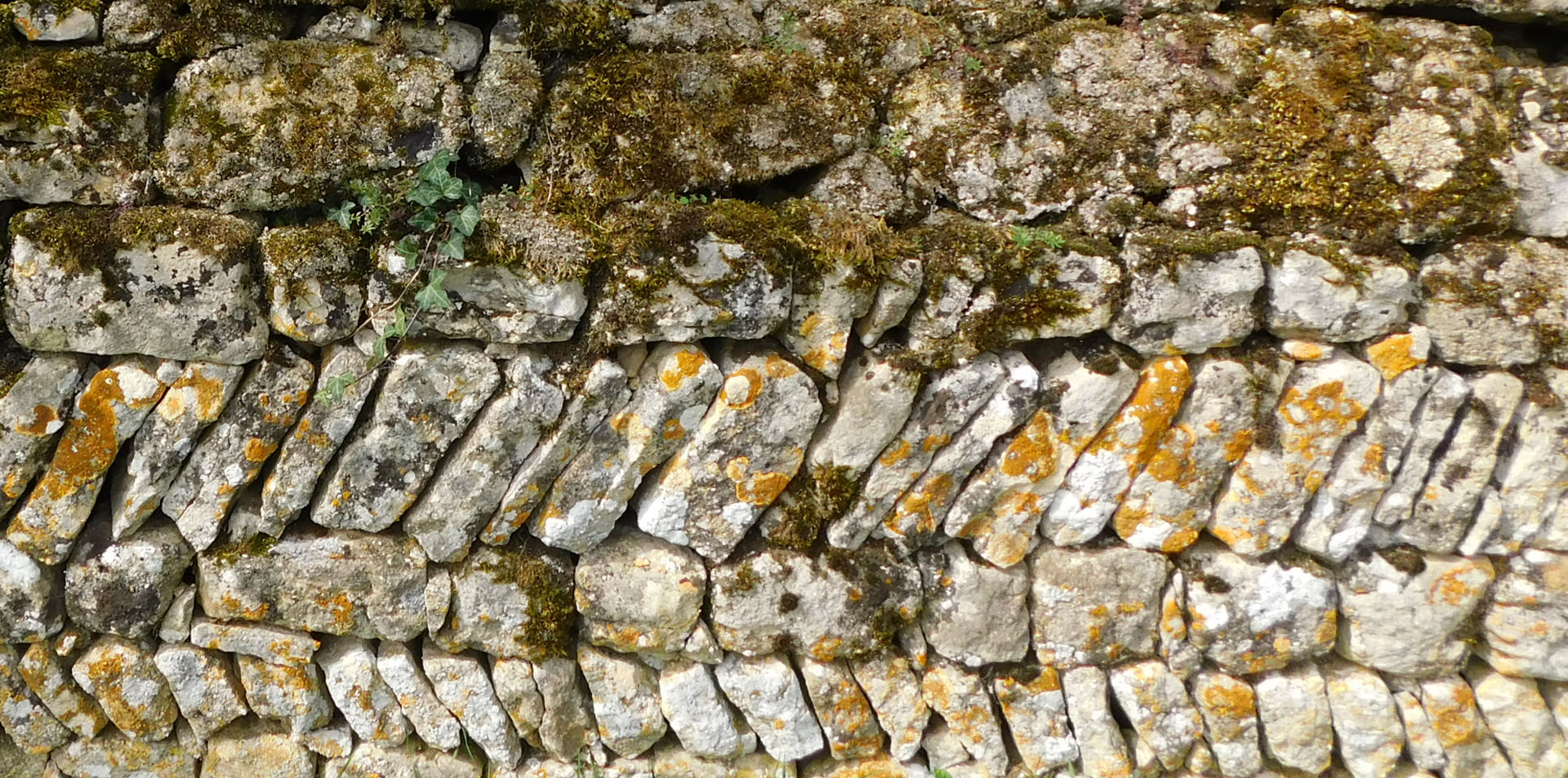
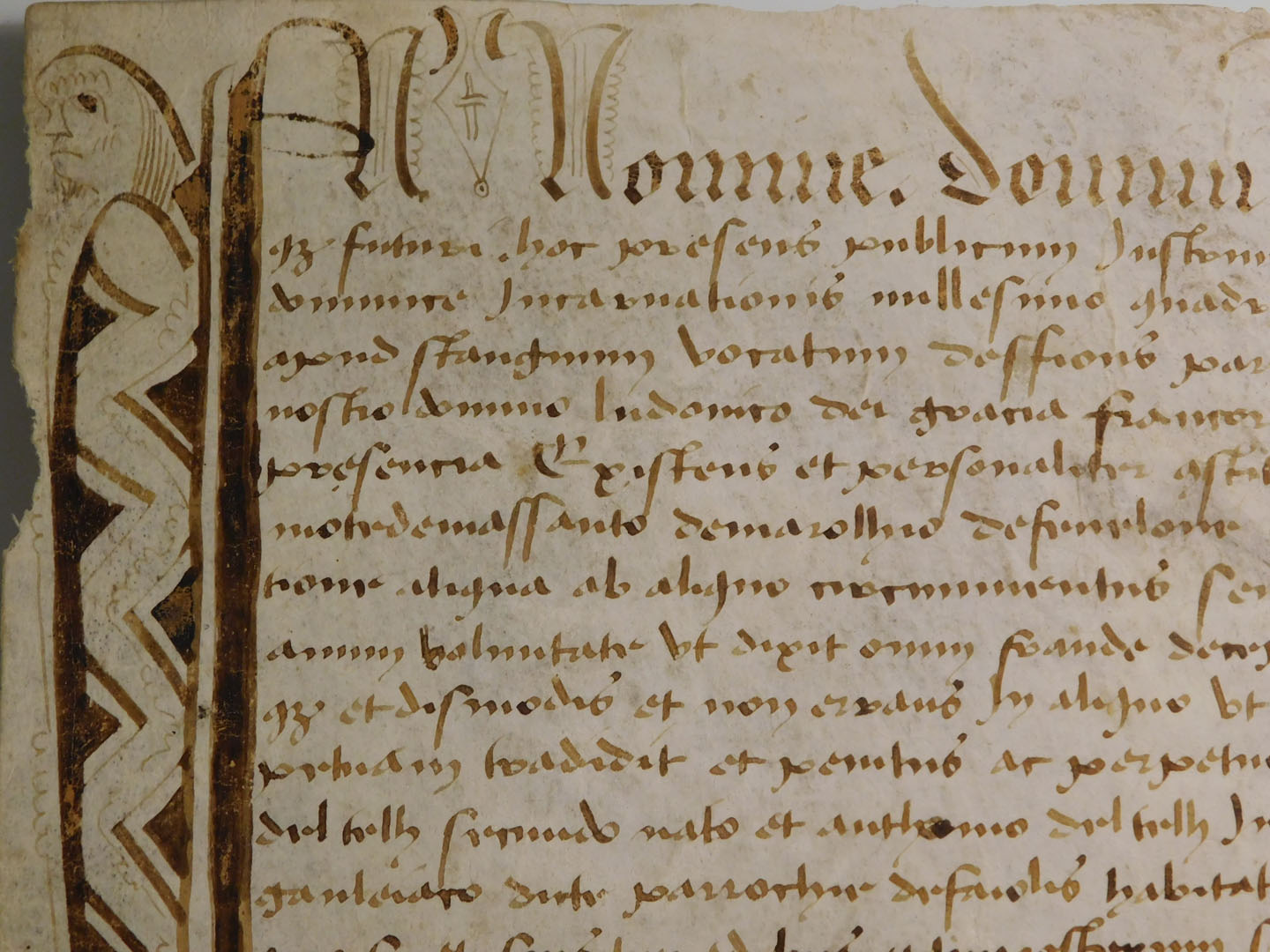
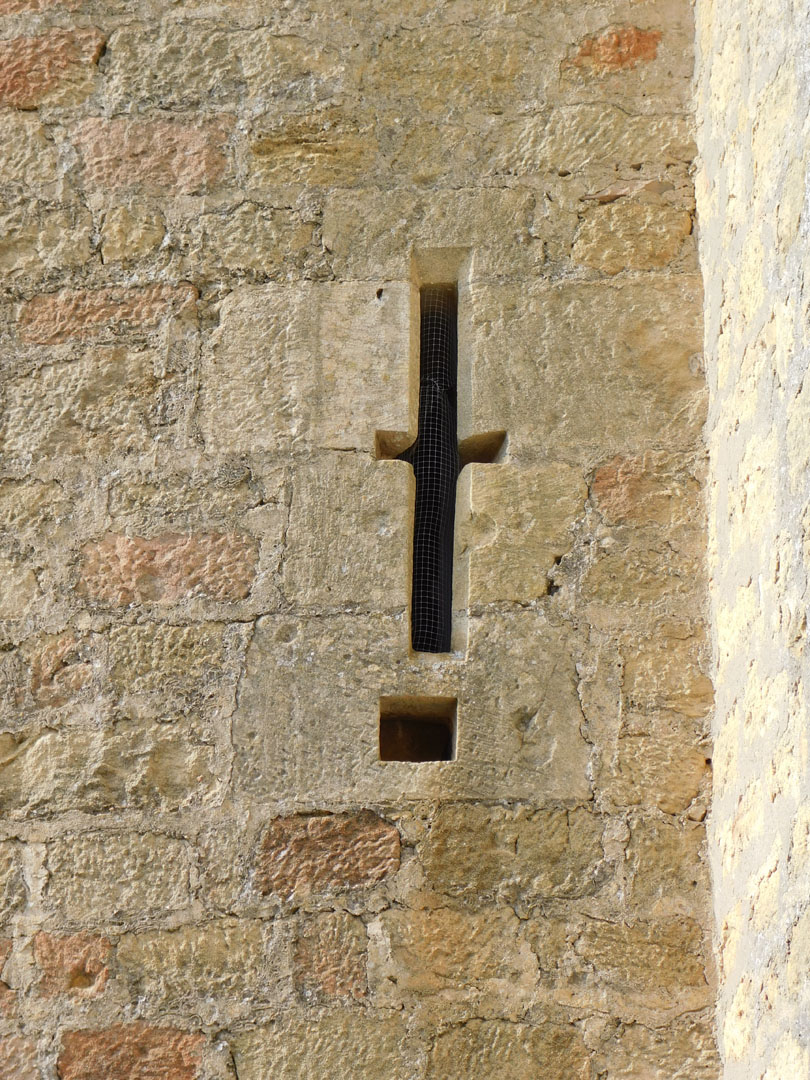
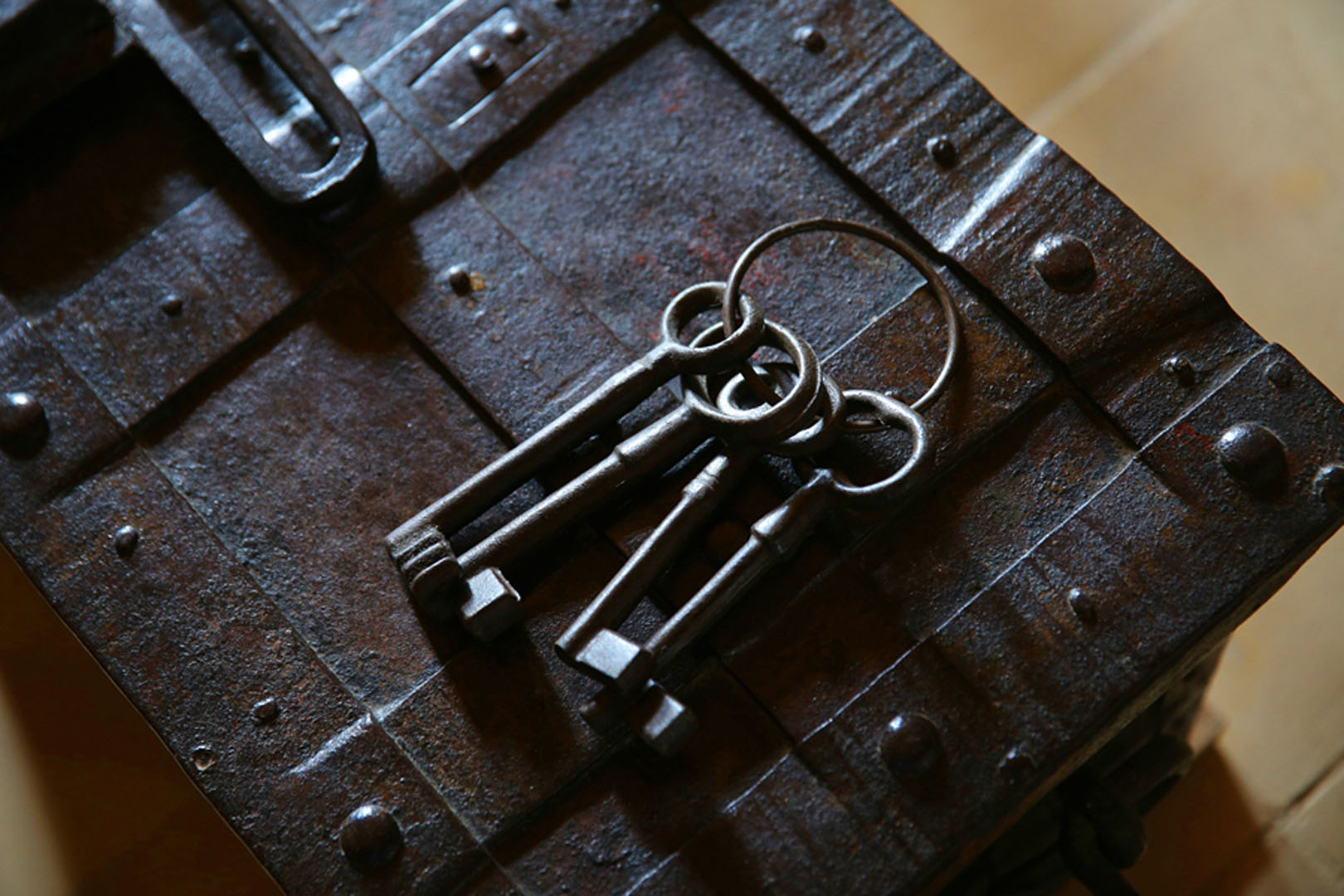
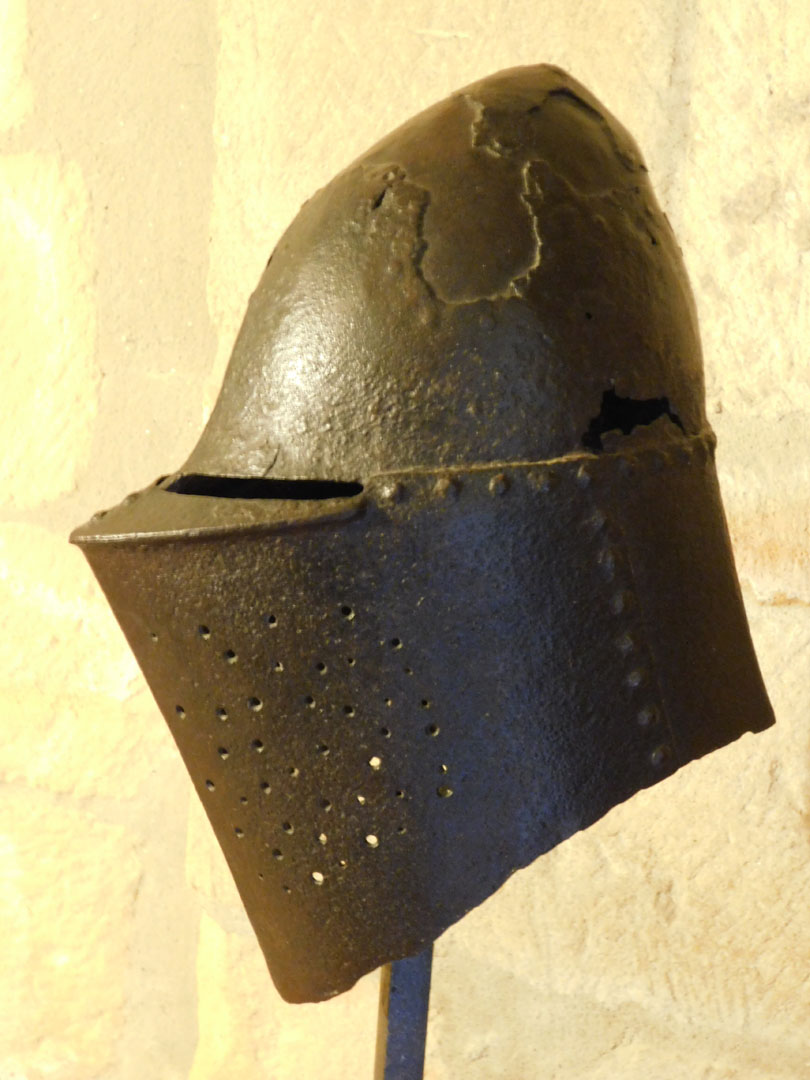
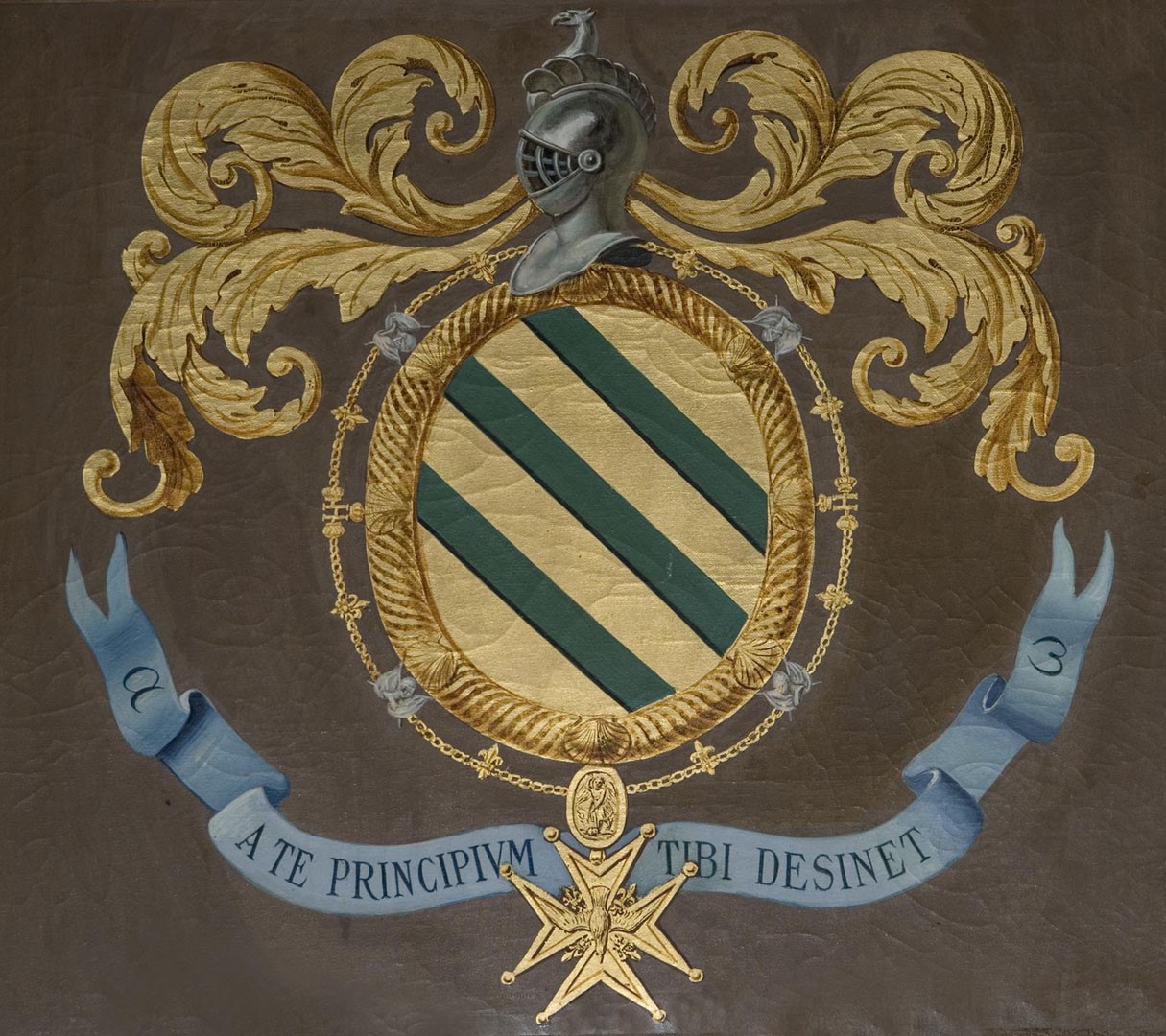


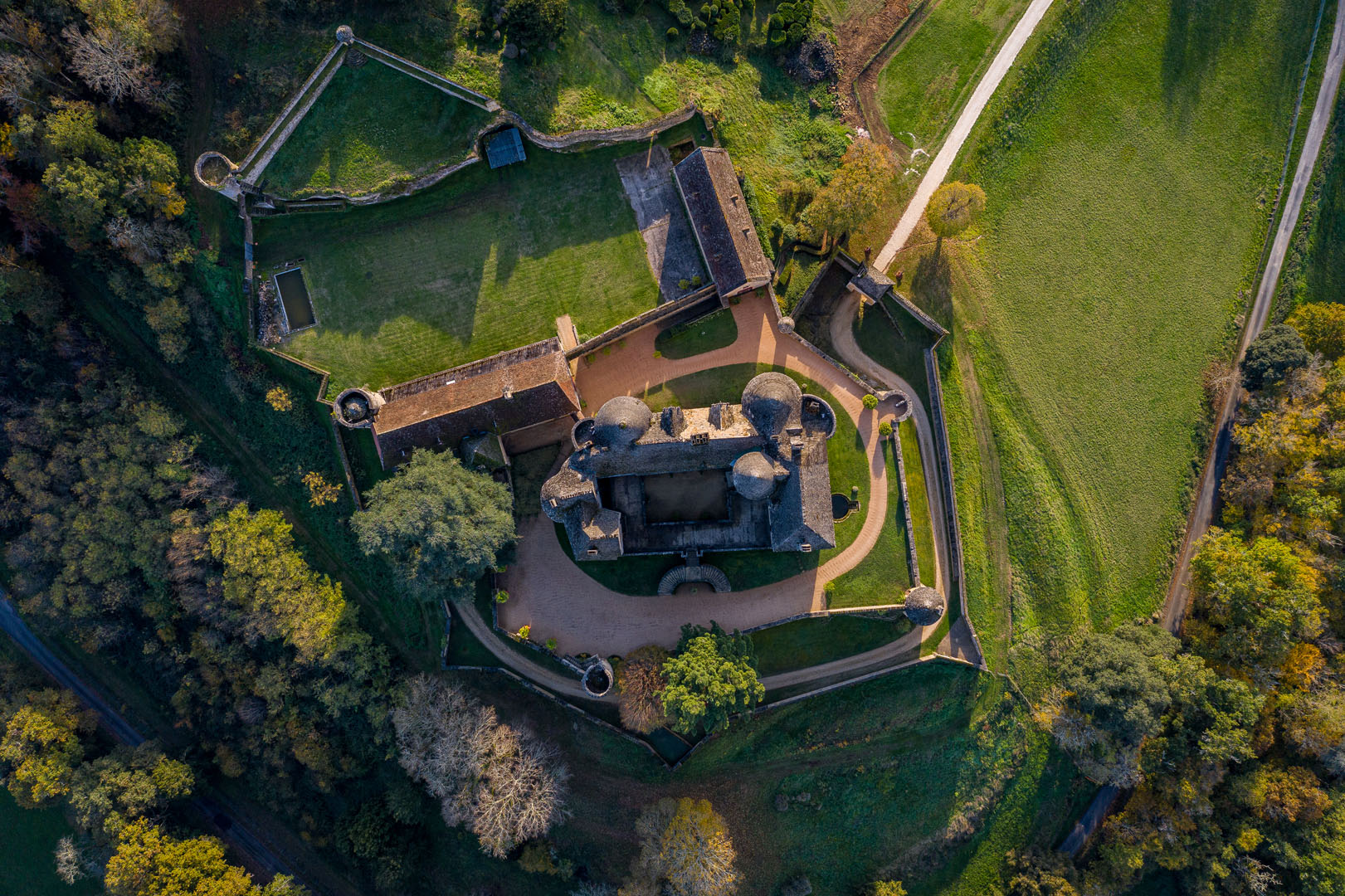

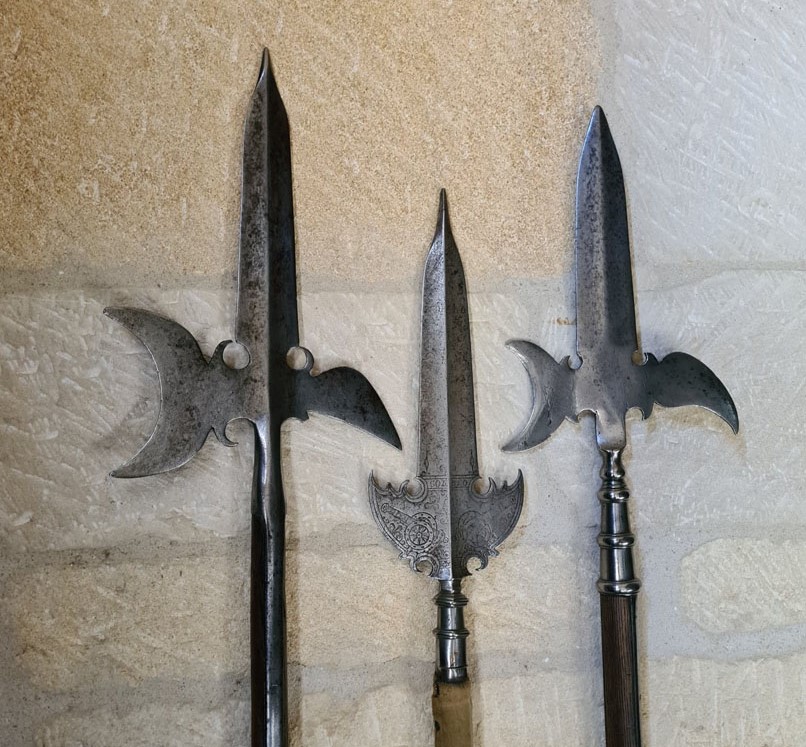

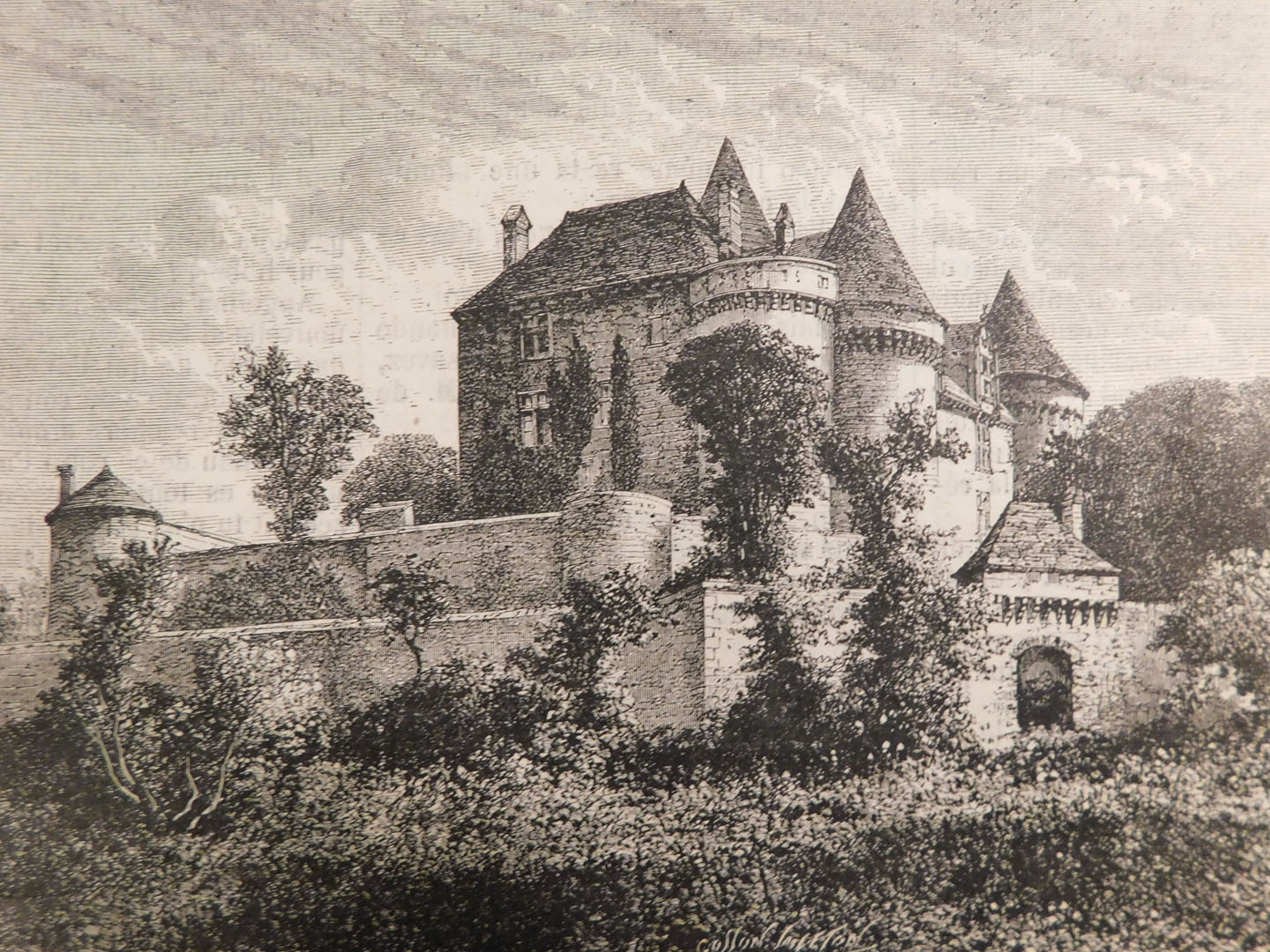
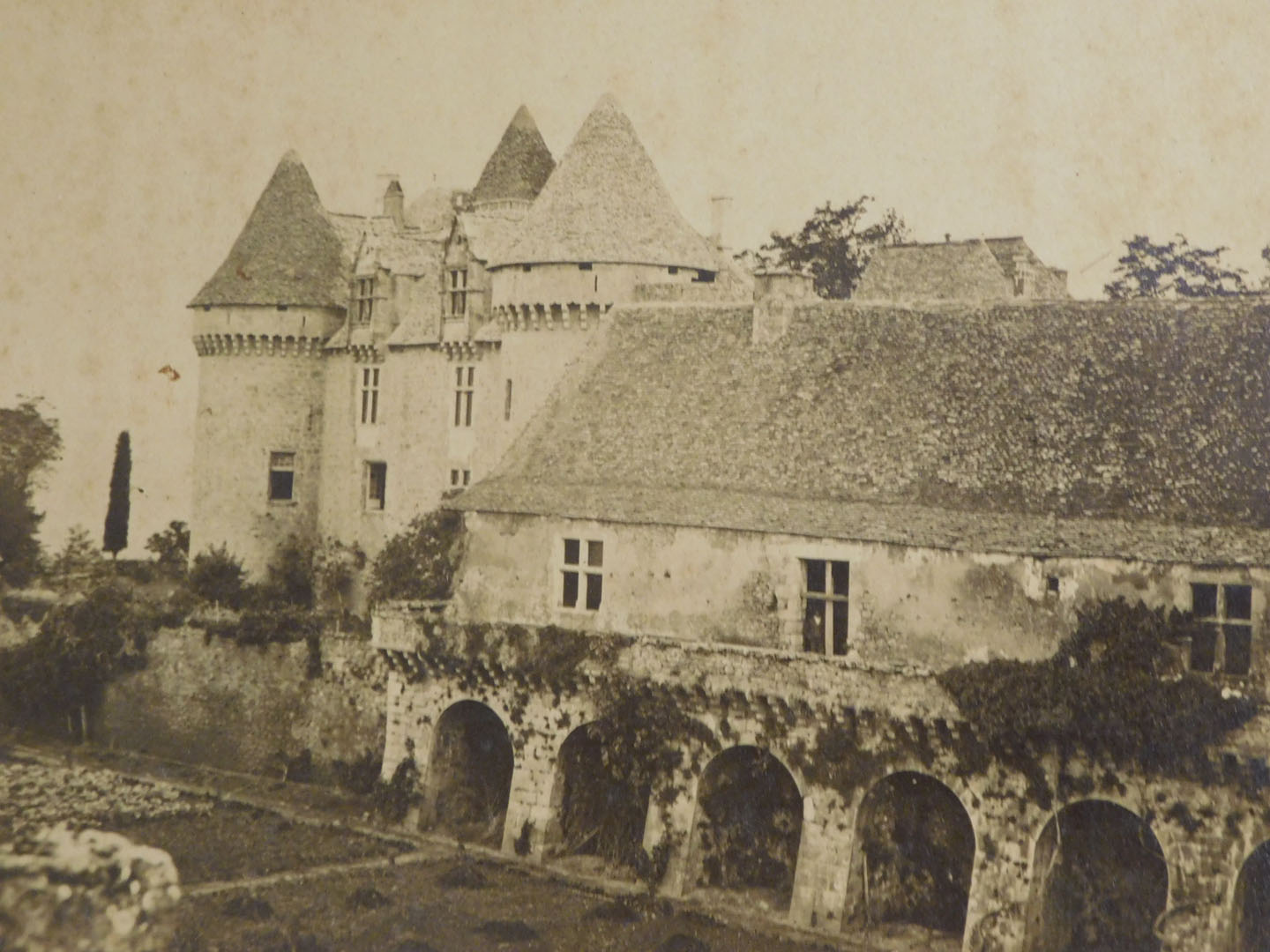
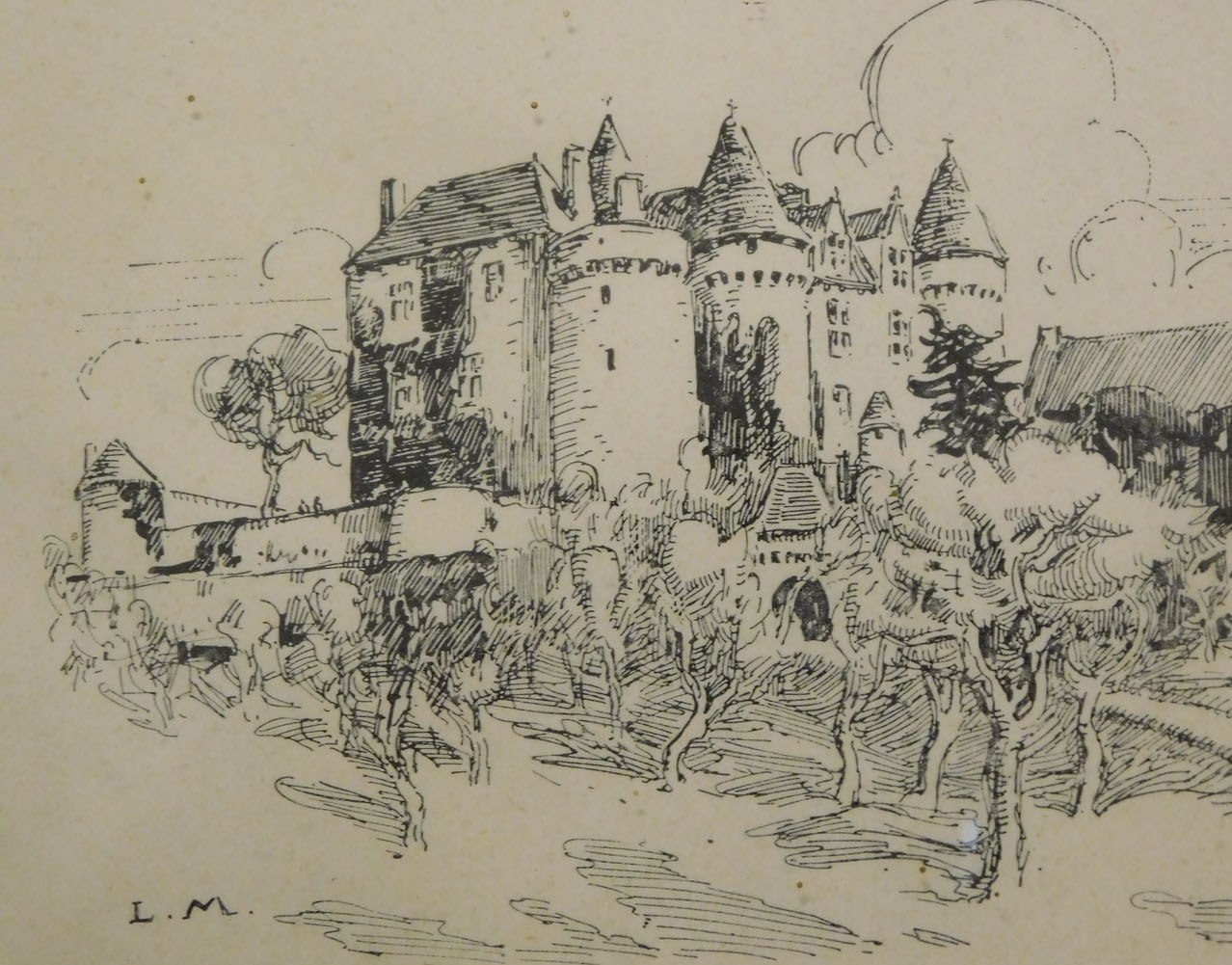
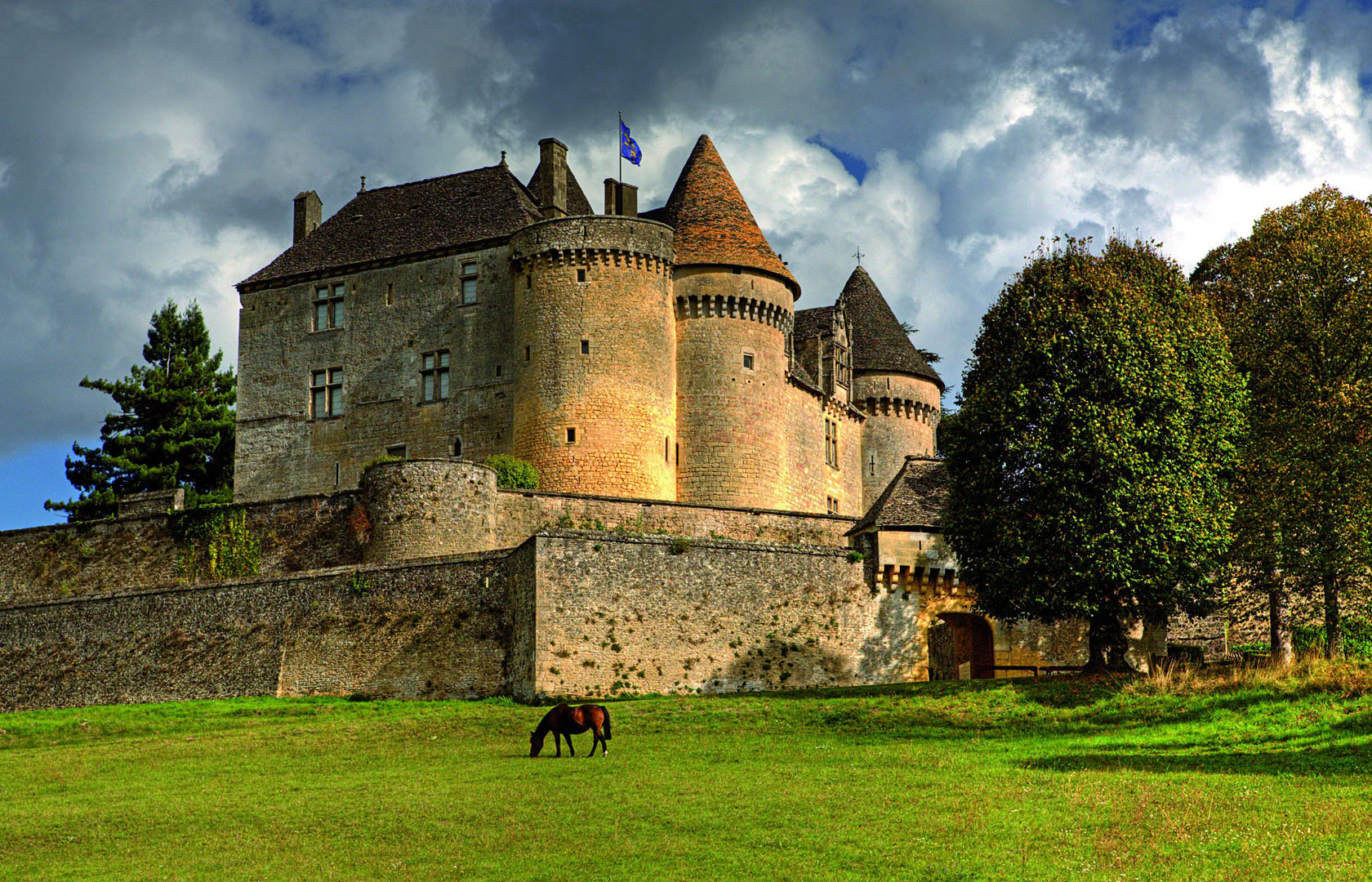
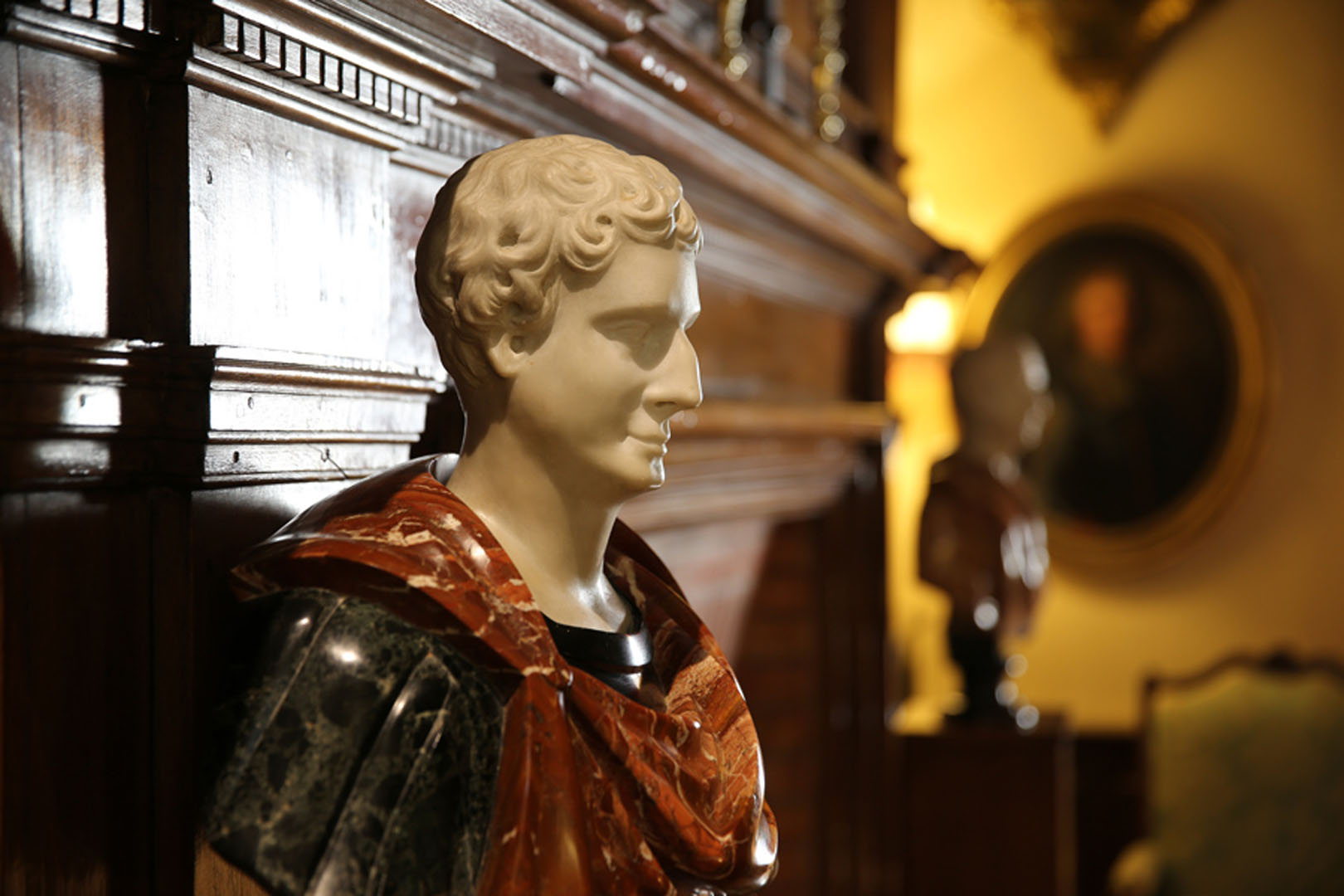

The origin of the site is lost in the troubled times resulting from the fall of the Roman Empire. The populations find in this rocky promontory an easily defensible place, but above all an ideal observatory on the Dordogne valley and its surroundings.
Much later, at the turn of the year 1000, the seigniory of Fénelon was founded here. A first castrum was then built on the rock, which was gradually succeeded by a veritable fortress which was razed in 1241 for having served as a refuge for the last Cathars in the region.
A new fortress surrounded by curtain walls was then erected from the end of the 13th century. It is commanded by a crenellated keep dominating a fortified inner courtyard (or “high courtyard”) in which are the impressive well 70 meters deep entirely dug into the rock – one of the deepest wells in France! – and the seigneurial chapel whose apse is fitted out in a defense tower.


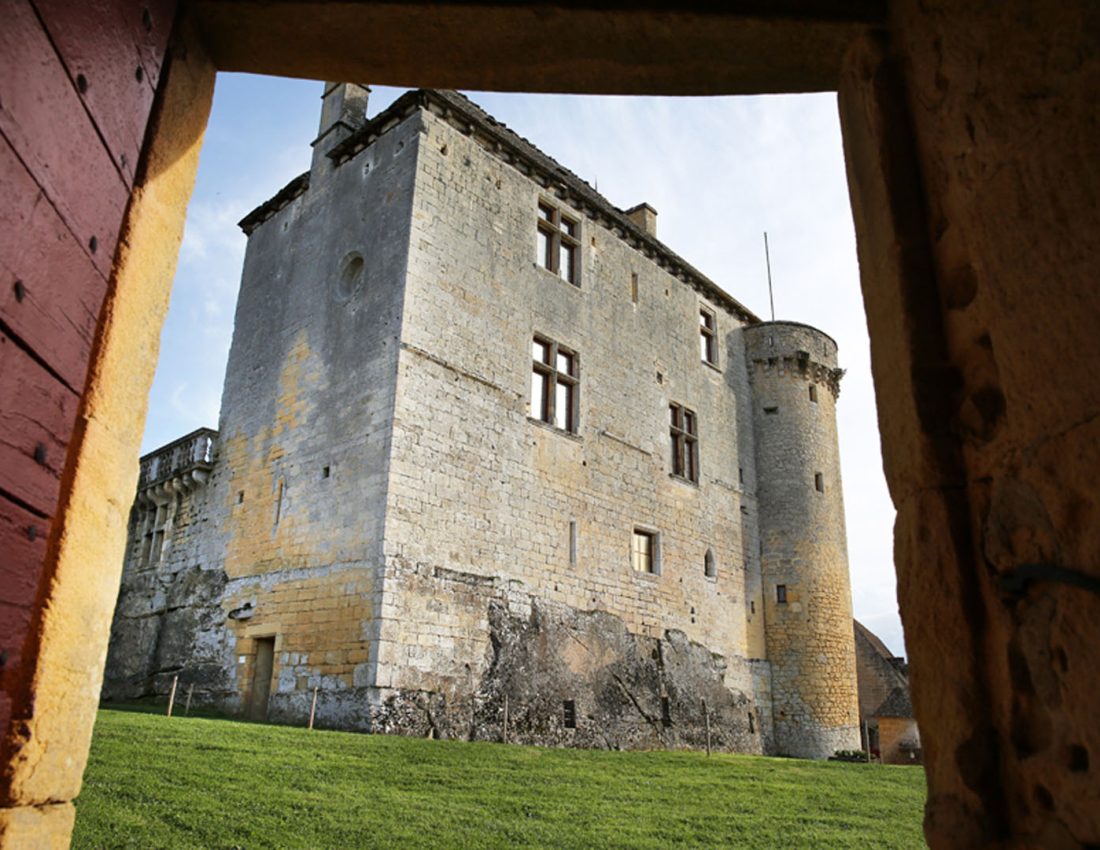

At the beginning of the 15th century, Jean de Salignac “the Old”, from one of the most powerful families of Périgord, bought the fortress of Fénelon mistreated by the Franco-English conflict and undertook its restoration.
The castle was then equipped with very beautiful twin towers crowned with walkways on machicolations and later baptized “Tower of Jams” and “Tower of the Inquisition”.
The Hundred Years War ended in 1453. The fortress was then transformed into an elegant Gothic residence. The imposing spiral staircase tower was built – the latter is impressive for the scale of its interior development – and the seigneurial main building was fitted out, surmounted by two monumental carved skylights, masterpieces of the end of the Middle Ages. Age. The facades open with large mullioned windows and the battlements are walled up to support a chestnut frame. It was at this time that the castle was entirely covered with a magnificent slate roof, the largest in Périgord on a castral building.
All these works are favored by the high offices of their sponsors: Raymond de Salignac, chamberlain and seneschal of the kings of France Charles VI and Charles VII, and his youngest son Jean “the Younger”, adviser and butler of King Charles VIII.
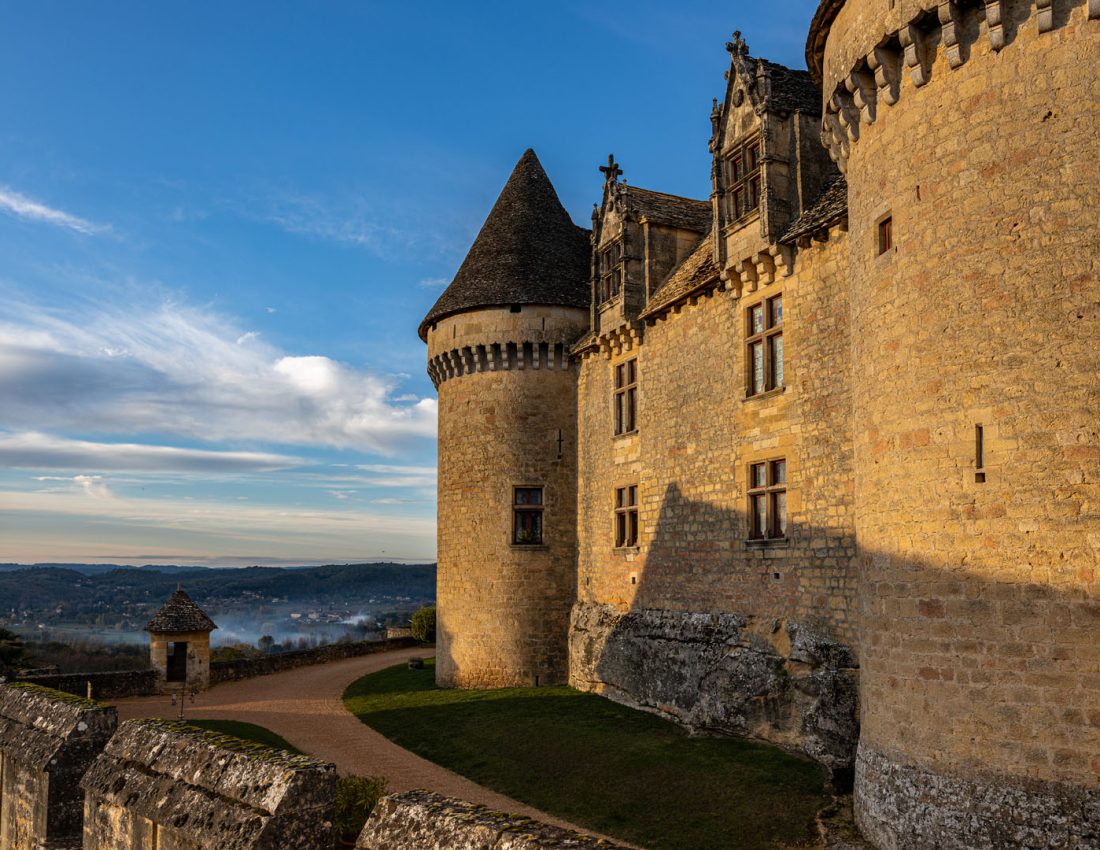

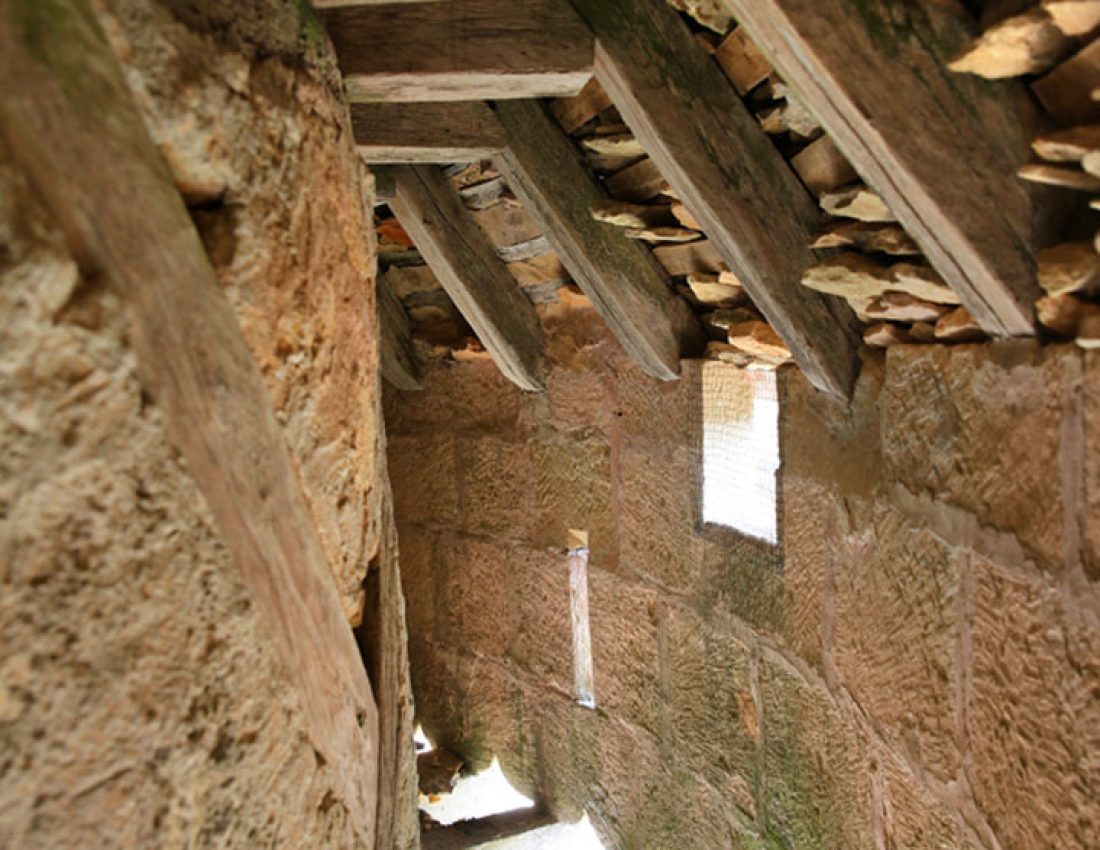

In 1562 the Wars of Religion broke out during which the castle regained a strategic position of the first order in the defense of the royal cause.
In 1577, Bertrand de Salignac de la Mothe-Fénelon became the lord of the place. His brilliant military and above all diplomatic career – he was notably Ambassador of France to England to Queen Elizabeth I – made him one of the great men of his time, showered with honors by the four kings of France he had. to serve.
By royal order, he considerably refortified the castle. The 15th century twin towers are each lined with a terrace tower, making Fénelon one of the rare monuments with adjoining towers. After major earthworks, a wall with spur defenses and gunboats was added. Behind it winds the access road locked by two châtelets surmounted by gatehouses and leading to monumental stables and the esplanade transformed into a boulevard with cannons. Finally, an imposing bastion reinforces the fortifications of the farmyard. Now, with its three fortified enclosures equipped with watchtowers, its fourteen towers (two of which have disappeared), the site looks like a real citadel.
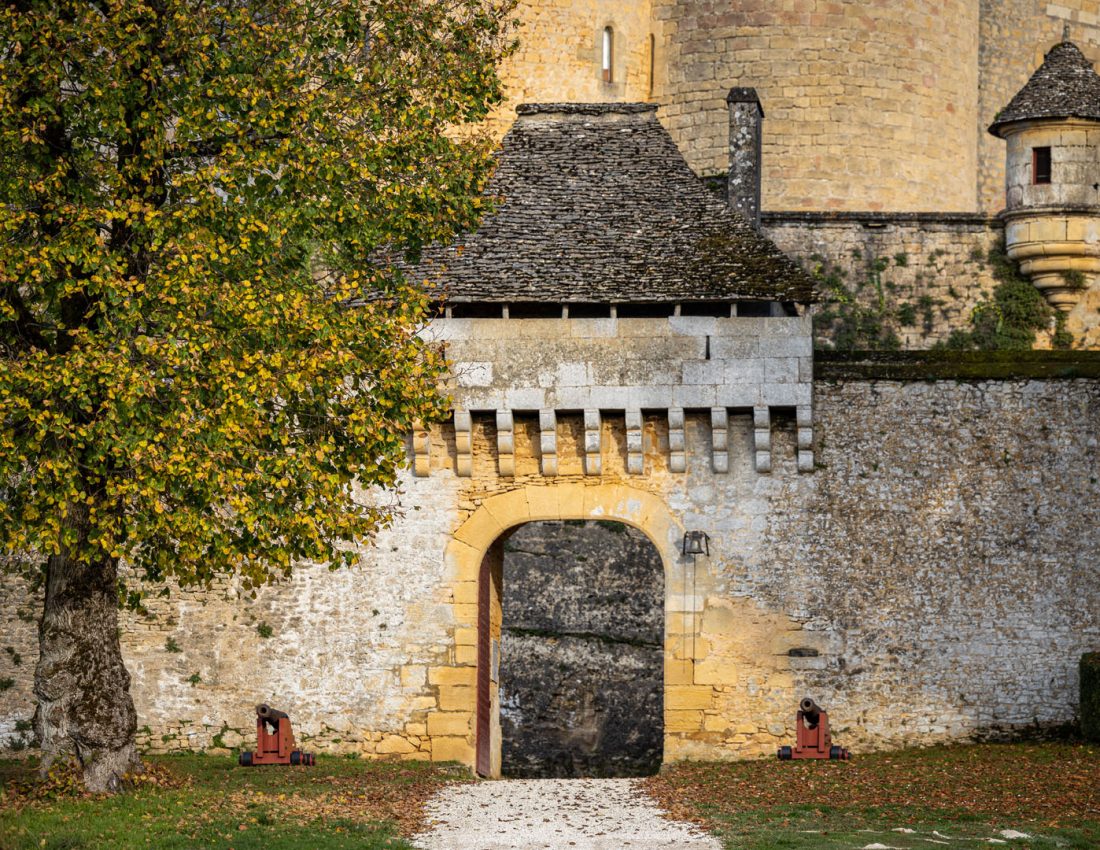

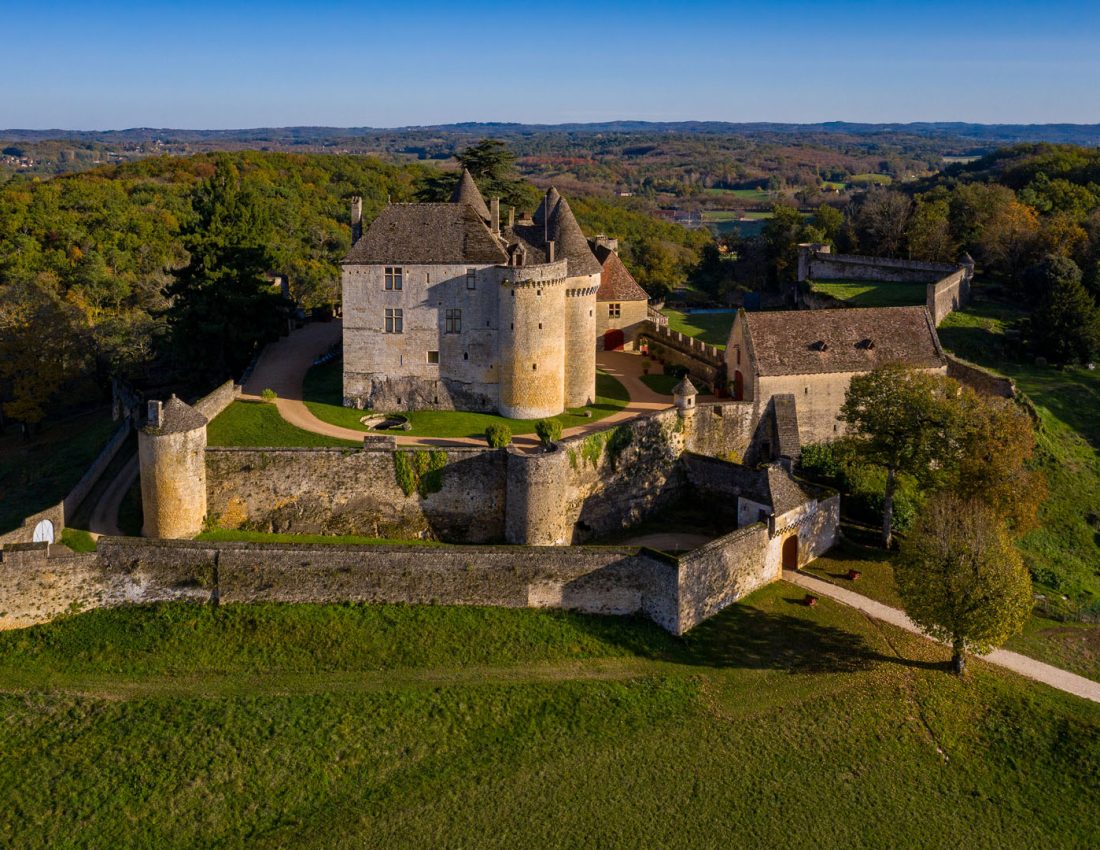

In the 1630s, major works were carried out at the castle in order to bring it up to date.
The 13th century wall making up the entrance facade is pierced with four mullioned bays and reduced in height to serve as support for the vaults of the gallery raised in the interior courtyard. This supports a large terrace-promenade from which a magnificent panorama of the Dordogne valley is revealed. Lined with sculpted stone balustrades, it joins the old keep to the stately main building, the first floor of which has been completely redecorated and adorned with woodwork and walnut parquet floors. To access the inner courtyard, an imposing horseshoe staircase was built while taking care to retain the presence of a drawbridge (nowadays replaced by a fixed footbridge) to guard against a coup de force, because , since the end of the 16th century, the region has been regularly plagued by revolts by croquants.
The castle that the visitor discovers today has hardly changed since these last major works in the first half of the 17th century.
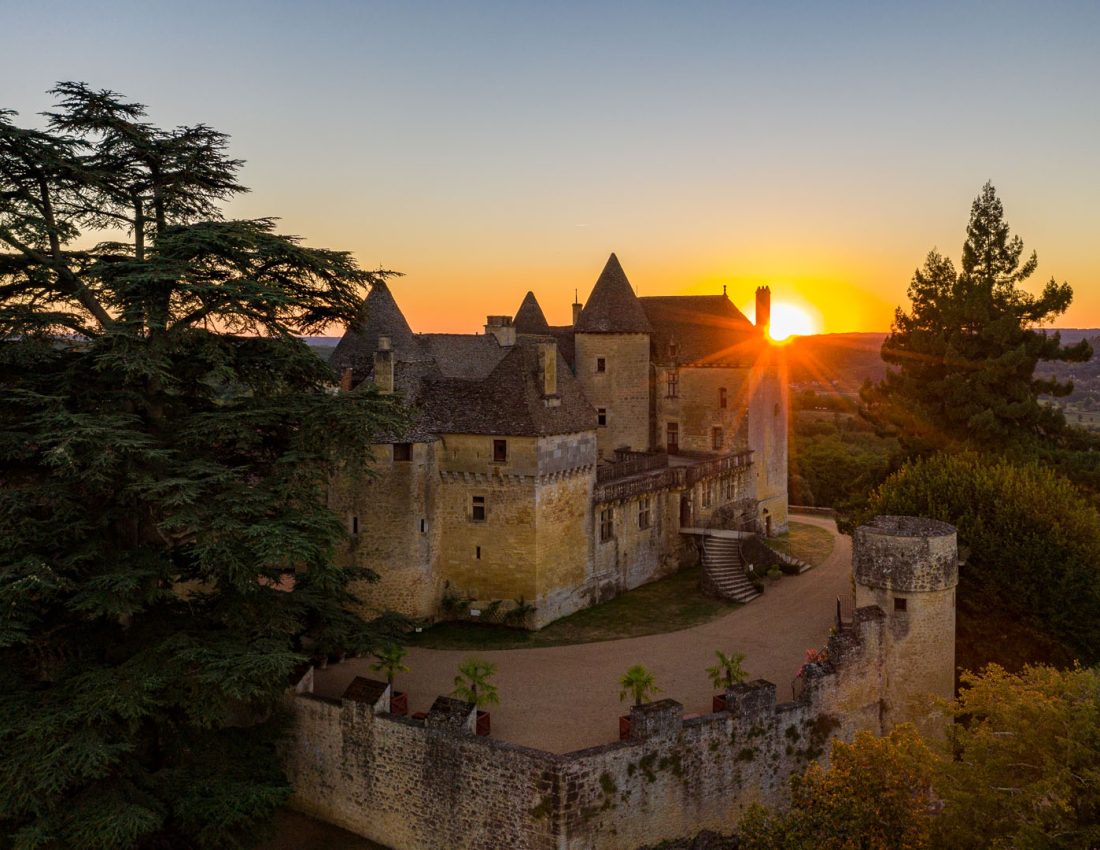

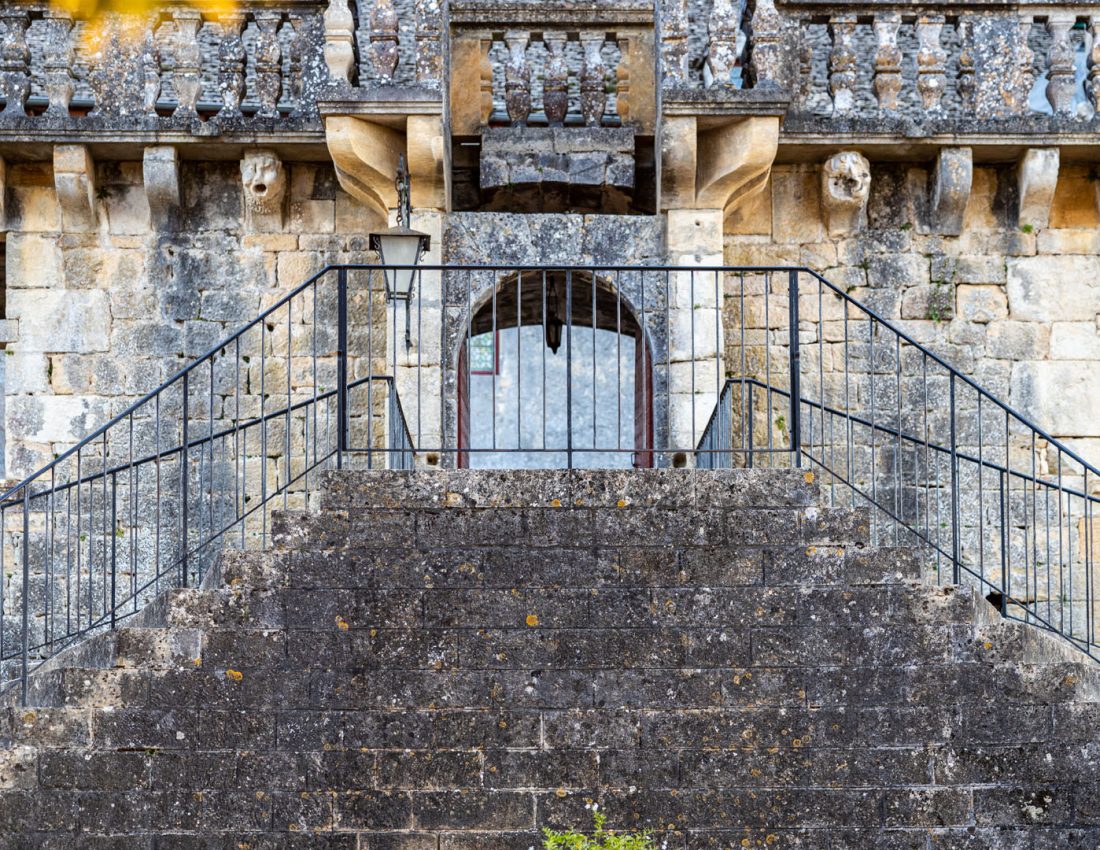

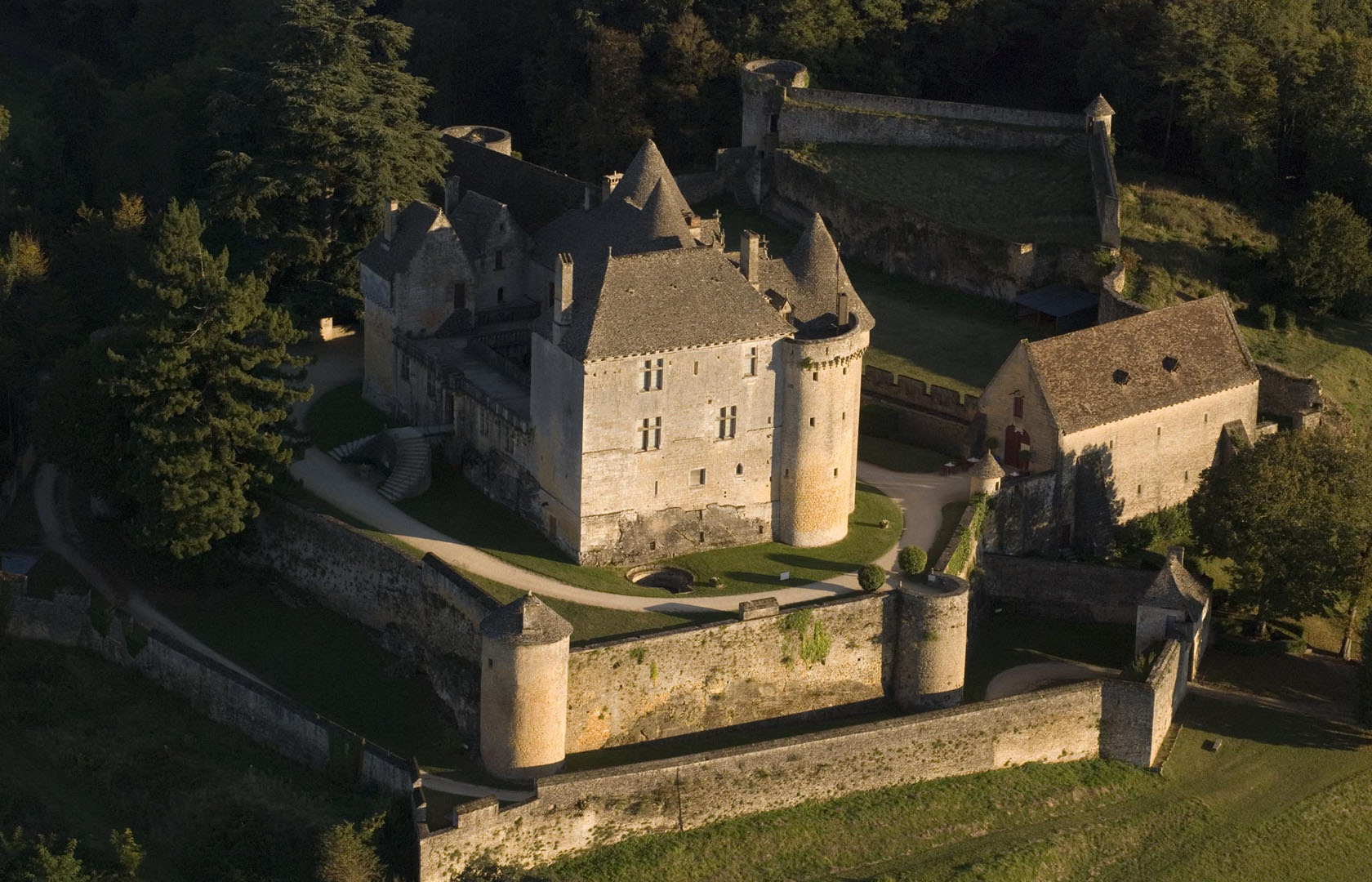
…again abandoned for several years, and in continuation of the restoration work started more than a hundred years ago by Ernest de Maleville.
Several backup operations are carried out:
-The progressive renovation of the interiors. It is accompanied by the uncovering of forgotten medieval installations and wall paintings dating from the 15th to the 17th century. Little by little, the visit route is enriched with new rooms allowing the presentation of the family collection of works of art.
The restoration of the exterior architecture, in particular the monumental slate roofs which are the pride of the place. Started in 2009, it is led by Thierry Chapoulie, master lauzier from father to son. The repair of the frames is entrusted to the know-how of Vincent Delteil and Pascal Lachaize.
– The preservation of the domain reconciling the authenticity of the site and respect for the environment with the refusal of any chemical treatment.
Countless actions remain to be carried out and are included in future restoration programs: clearing the murals of the seigniorial apartments and rediscovering the polychrome decorations of the ceilings, rebuilding the 15th century artillery tower which collapsed in 1966 following a supersonic explosion of a fighter plane, or restoring the magnificent stables of the 16th century are just a few examples among many others…
This titanic work meets the recognition of an ever wider public and was hailed in 2018 by the awarding of the Grand Prix des Vieilles Maisons Françaises.
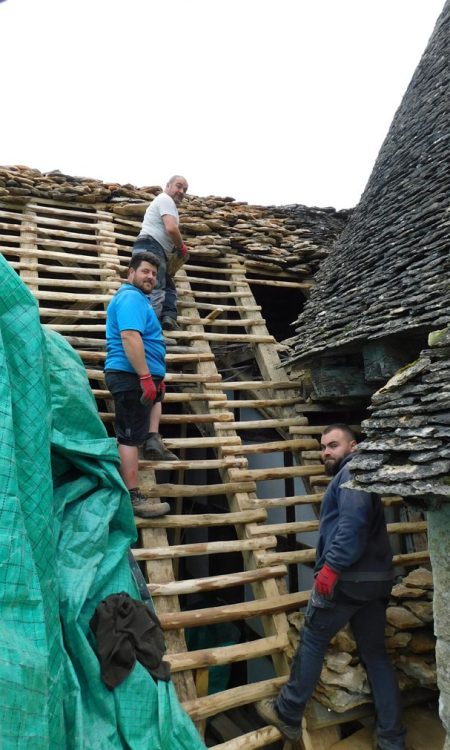

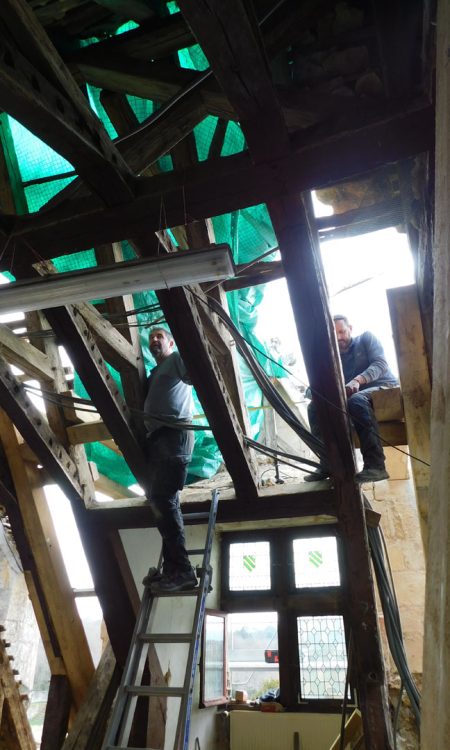

Following the severe weather that occurred on the night of Friday June 3, 2022, the Château de Fénelon must unfortunately close its doors until Thursday June 9 inclusive.
We apologize for the inconvenience caused and look forward to seeing you again.